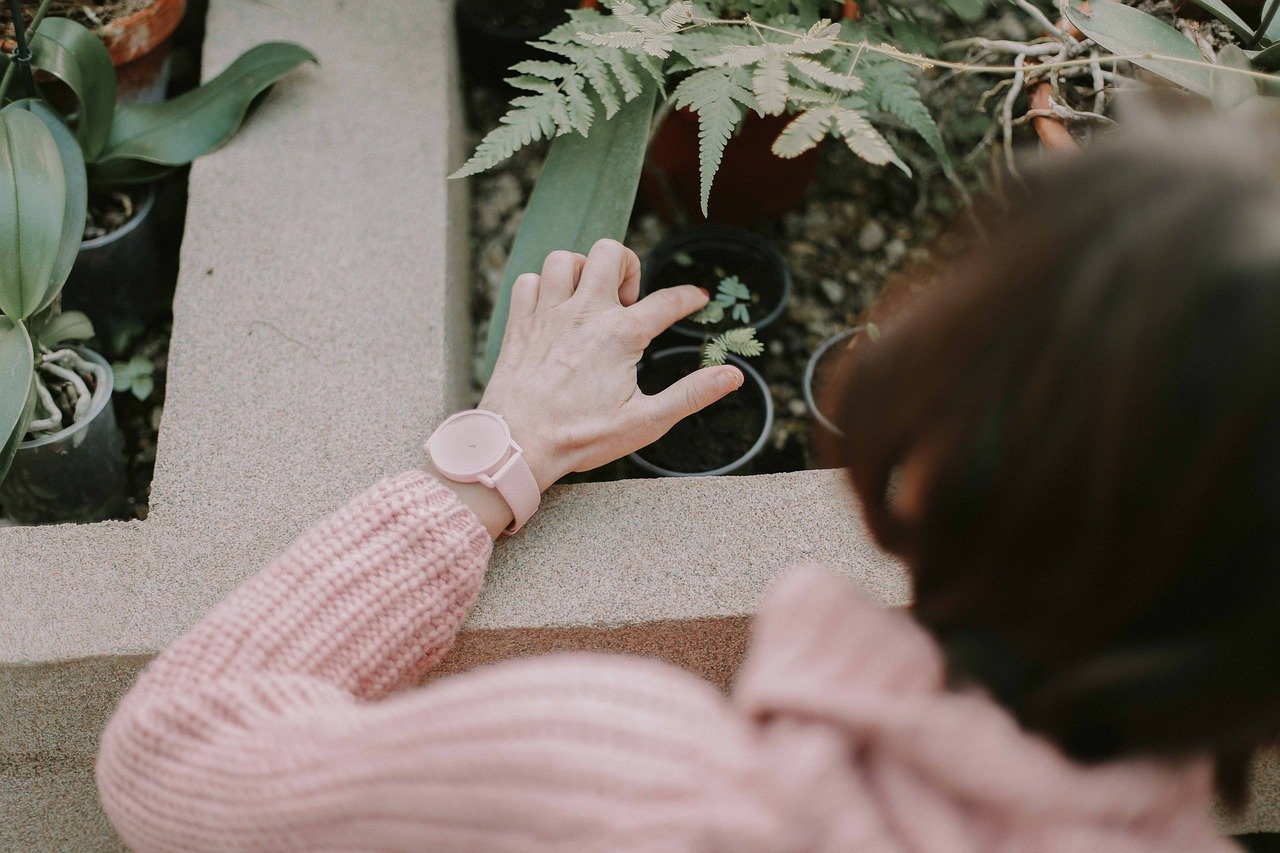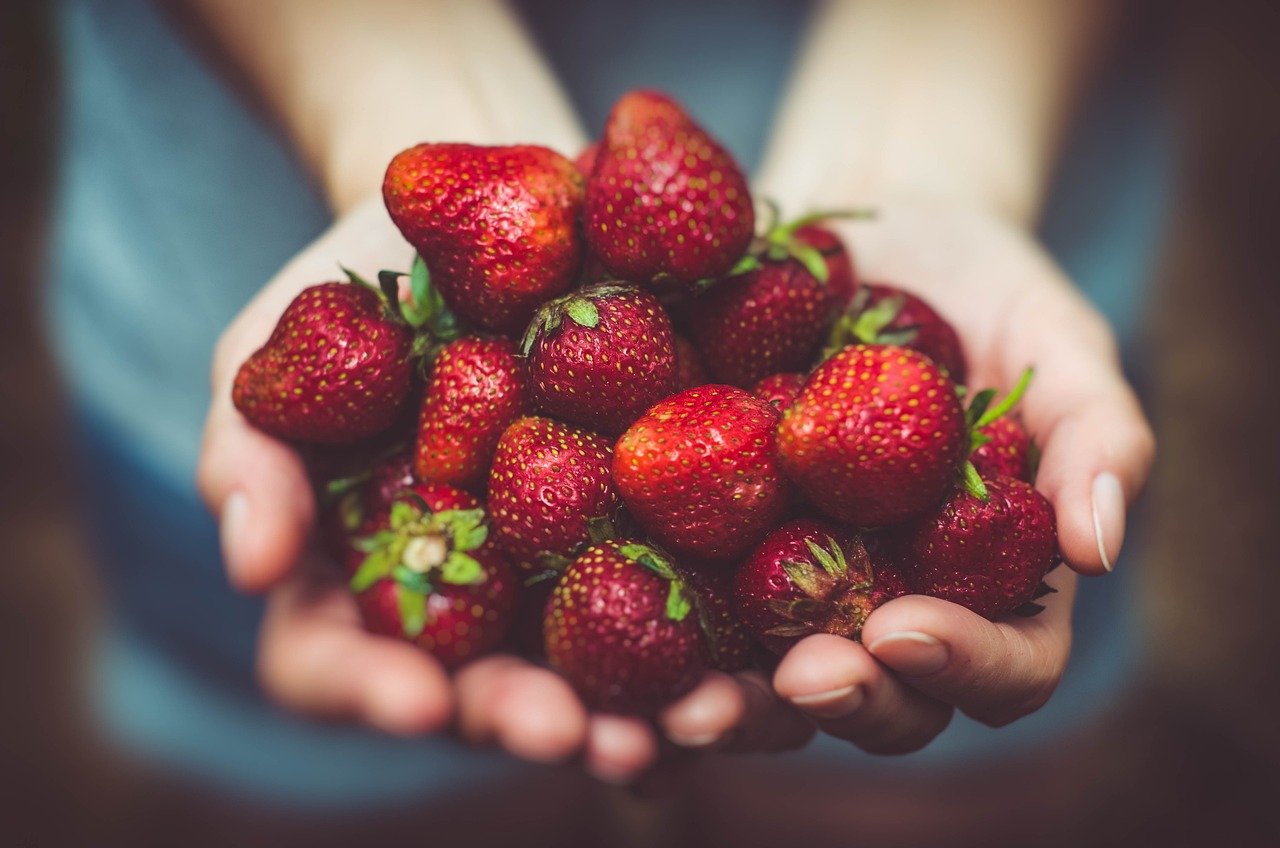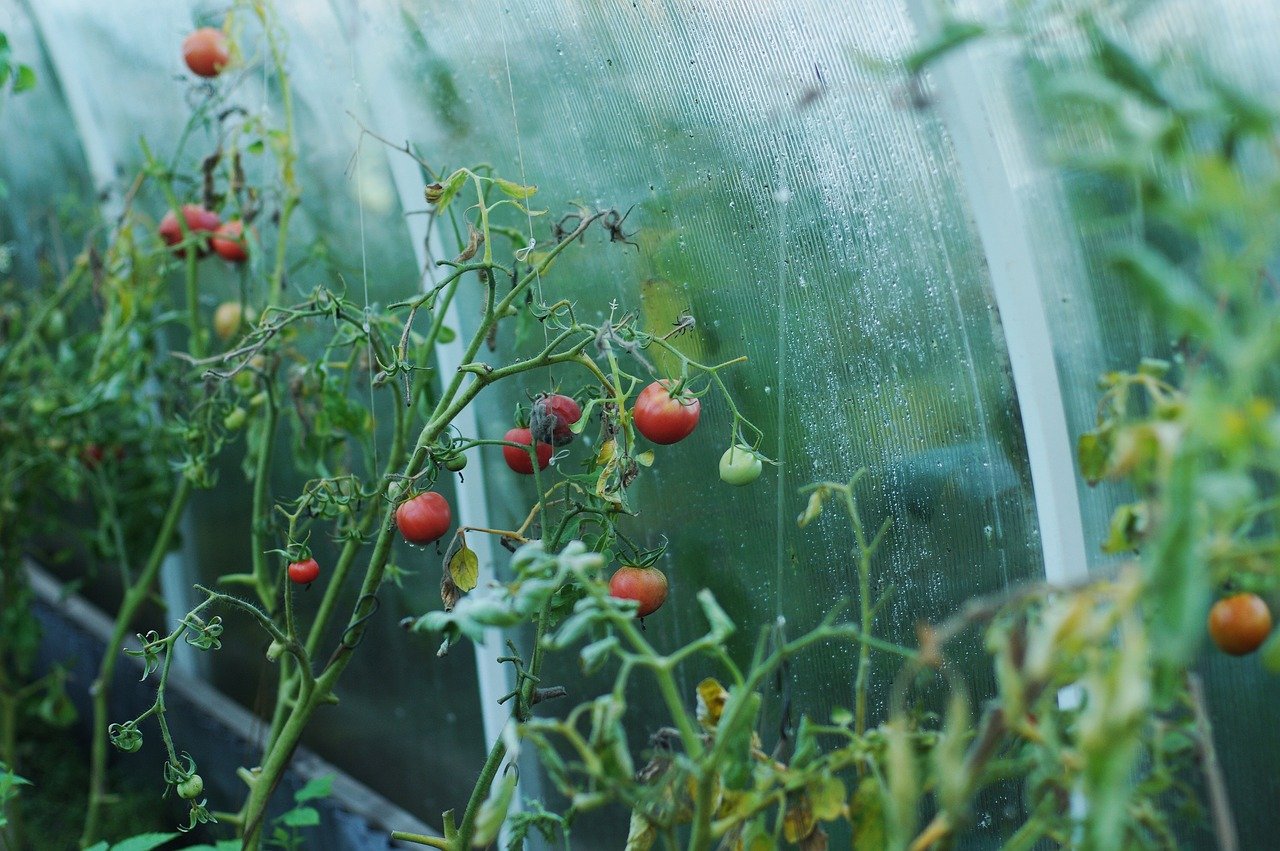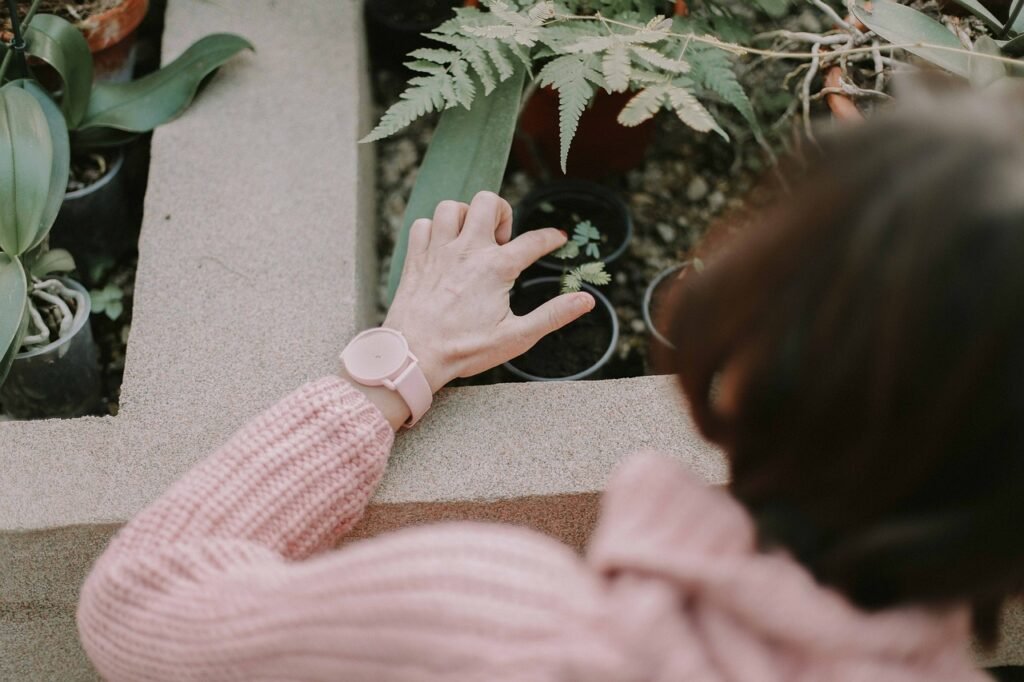
Intro
Gardening is a beloved pastime for many seniors, offering not just the joys of cultivating life but also significant health benefits, from physical exercise to mental relaxation. However, as we age, tasks that once seemed simple can become daunting due to reduced mobility, diminished strength, and increased susceptibility to injury. This is where the best gardening tools for seniors come into play, designed to make gardening a joyous and pain-free activity once again. From ergonomic hand tools to raised garden beds and garden kneelers, this post will explore essential gardening tools that cater to the unique needs of senior gardeners, ensuring safety, comfort, and enjoyment in their gardening endeavors.
Understanding the Importance of Ergonomic Tools for Seniors

Ergonomic tools play a pivotal role in ensuring that gardening remains a viable and enjoyable activity for seniors. These tools are engineered with the unique physical needs of older adults in mind, focusing on minimizing discomfort and reducing the likelihood of injuries. Featuring lightweight materials that are easier to handle and manipulate, these tools help alleviate the physical strain often associated with traditional gardening equipment. The design of ergonomic hand tools, emphasizing easy-grip handles and promoting a natural wrist position, plays a crucial role in preventing common gardening-related strains, such as those affecting the hands, wrists, and lower back. This consideration is essential for seniors who may already be managing conditions like arthritis or reduced grip strength, as it allows them to engage in gardening with reduced pain and increased stability. By significantly lowering the risk of strain injuries, ergonomic tools enable seniors to enjoy longer gardening sessions and maintain their gardening passion without the setbacks of discomfort or potential injuries. The careful design of these tools, prioritizing comfort and efficiency, underscores the importance of adapting gardening practices to fit the changing capabilities of senior gardeners, ensuring they can continue this rewarding hobby with confidence and ease.
The Essential Hand Tools Every Senior Gardener Needs

For senior gardeners, selecting the right hand tools is crucial to maintain ease and efficiency in the garden without compromising on safety. Ergonomically designed trowels, weeders, and pruners are indispensable in this regard. These tools should feature lightweight construction to minimize the effort required during use. A trowel with a soft, non-slip grip and an ergonomically bent handle can make a world of difference by maintaining the hand and wrist in a natural, comfortable position during soil work. Similarly, weeders designed with easy-to-hold handles can simplify the task of removing unwanted plants without unnecessary strain.
Pruners are another essential tool, with those incorporating a ratcheting mechanism being particularly valuable. This feature significantly reduces the physical force needed to cut through branches, proving beneficial for seniors who may face challenges with manual strength. Such pruners ensure that gardening remains a pleasure, not a chore, by facilitating the maintenance of plants and flowers with minimal effort.
It’s also beneficial to consider tools that come with features aimed at increasing visibility, such as bright colors or reflective materials, to help seniors locate them easily in a garden setting. Moreover, selecting tools that can be attached to a belt or gardening apron can prevent excessive bending or misplacement, further enhancing the gardening experience for seniors.
By focusing on these specialized hand tools, senior gardeners can enjoy their time in the garden with reduced risk of injury and strain, allowing them to focus on the beauty and satisfaction gardening brings.
Long-Handled Tools to Prevent Bending and Straining

For senior gardeners seeking to mitigate the physical challenges of bending and kneeling, long-handled tools serve as an indispensable asset in the garden. These tools, which include variations of hoes, rakes, and cultivators, come equipped with handles extended significantly beyond standard lengths. This feature allows seniors to maintain an upright posture while engaging in various gardening tasks, from soil preparation to weed removal. The extended reach provided by these tools not only helps in maintaining balance but also plays a crucial role in preventing back strain, a common concern among older gardeners. The advent of telescoping handles adds a further dimension of convenience, allowing the length of the tool to be adjusted according to the user’s height and the specific task at hand, thereby ensuring optimal comfort and effectiveness. By facilitating gardening activities from a standing position, long-handled tools contribute to a safer gardening experience, reducing the risk of falls and the physical discomfort associated with prolonged bending or kneeling. Their use is a testament to the innovative adaptations available today, aiming to keep gardening an accessible and enjoyable activity for seniors by addressing some of the most common physical limitations they may encounter. Incorporating these tools into the gardening toolkit is a proactive step towards safeguarding health while maintaining an active, engaging relationship with the garden.
Garden Carts and Wheelbarrows Designed for Ease of Use
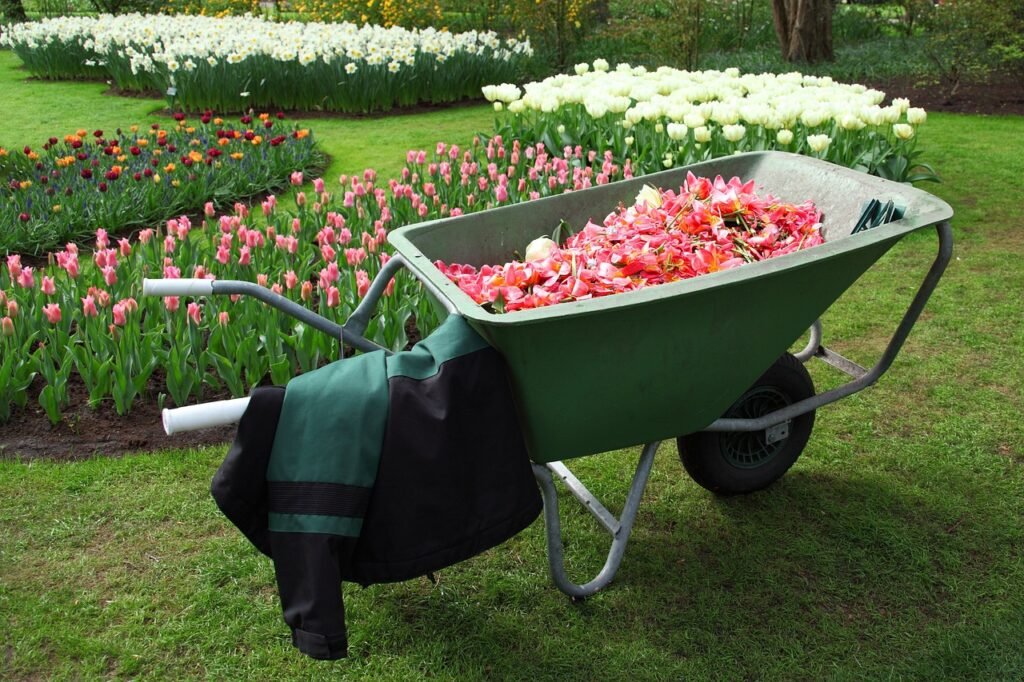
Navigating the garden with heavy loads of supplies can pose a significant challenge for seniors, but the advent of garden carts and wheelbarrows tailored to their needs offers a practical solution. These gardening aids are designed with features that prioritize ease and safety, making the transportation of soil, plants, and tools less of a chore. Models boasting lightweight materials allow for effortless pushing or pulling, while ergonomic handles provide a comfortable grip to reduce hand and wrist strain. Stability is another critical factor; thus, selecting carts or wheelbarrows with wide, durable wheels ensures smooth navigation over uneven garden terrain, preventing tipping and making maneuvering around garden beds and pathways simpler. For added functionality, some designs come equipped with a low center of gravity to facilitate loading and unloading, minimizing the risk of strain or injury. Additionally, garden carts with a seat offer dual benefits by enabling seniors to take necessary breaks, promoting longer, more enjoyable gardening sessions without the fatigue. These carefully considered design elements collectively enhance the gardening experience for seniors, empowering them to undertake various gardening tasks with confidence and independence, preserving their passion for gardening without the physical toll.
Seating and Kneeling Aids for Comfort and Support
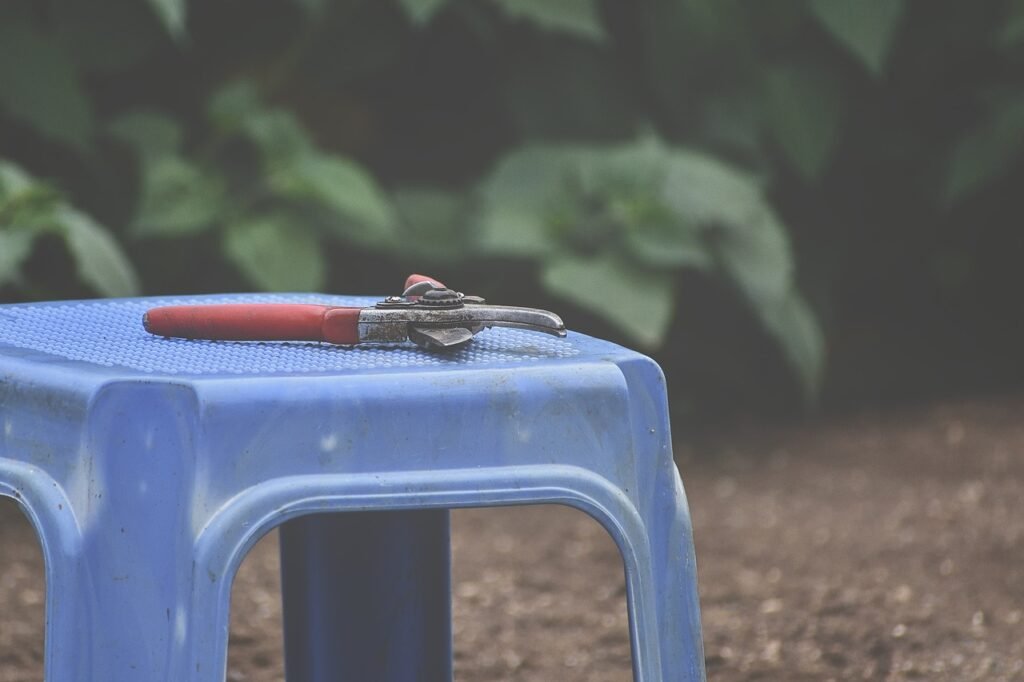
For those moments when gardening tasks require a closer engagement with the earth, seating and kneeling aids are indispensable for senior gardeners. A crucial aspect of these aids is their design that focuses on providing support and comfort to the knees and back, areas of common concern among older adults. Garden kneelers are typically designed with thick, padded cushions that significantly reduce the pressure on the knees when planting or weeding at ground level. Many of these kneelers are equipped with sturdy handles, making the act of lowering down to the ground and rising back up much easier and safer, thereby reducing the risk of falls.
Convertible garden kneelers offer a dual function; by flipping over, they transform into a comfortable seat, perfect for tasks that require sitting for extended periods or simply taking a well-deserved break. This versatility makes them an essential tool in the senior gardener’s arsenal, providing the flexibility to switch between tasks with ease and comfort.
The thoughtful design of these aids does more than just prevent soreness and injury; it encourages a healthier and more sustainable approach to gardening. By supporting the body properly, gardeners can extend the duration of their gardening activities, enhancing their overall experience. As a part of a senior gardener’s toolkit, these seating and kneeling aids are not just about comfort; they’re about empowering gardeners to maintain their independence and continue enjoying the garden without compromise.
Watering Tools That Reduce Effort and Strain
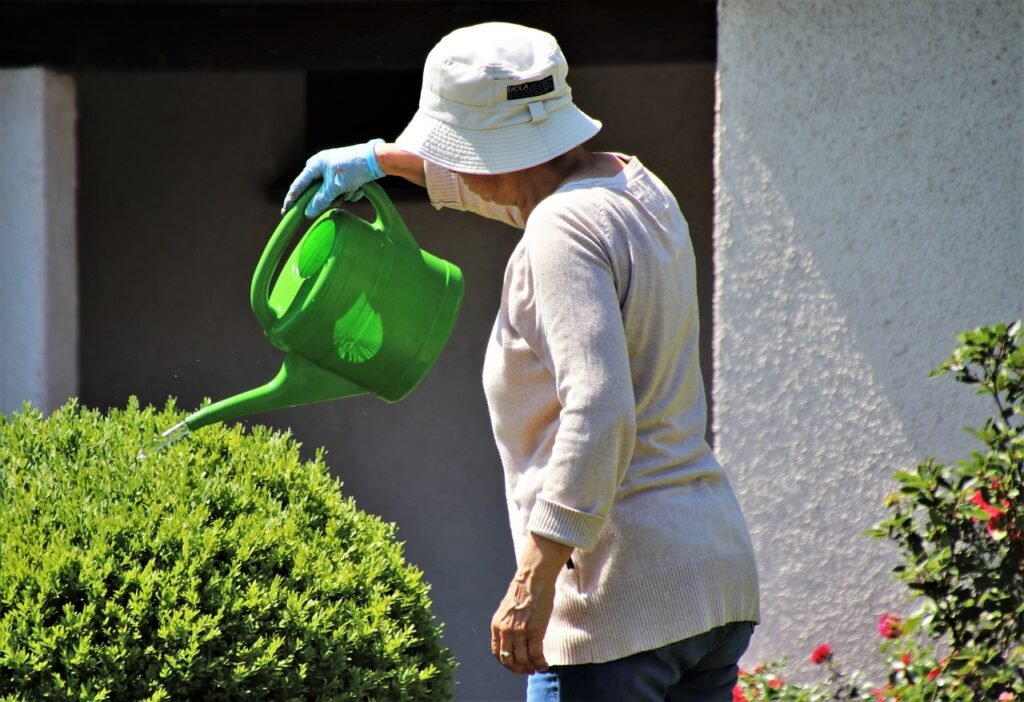
Ensuring a garden stays hydrated is crucial, yet the task can be physically demanding, especially for senior gardeners managing larger areas or tending to their green spaces during peak summer temperatures. Adopting the use of lightweight watering cans equipped with ergonomic handles can significantly ease this chore. These cans are designed to offer a comfortable grip, reducing the strain on the wrists and hands, making the act of watering less taxing on the body.
Furthermore, garden hoses that boast flexibility and are lightweight contribute to a more manageable watering process. They can be easily maneuvered around garden beds and paths without the need for excessive force or movement, accommodating the gardener’s physical capabilities.
For those looking for an even more hands-off approach, the installation of a drip irrigation system or the use of soaker hoses presents an efficient solution. These systems deliver water directly to the plants’ root zones, ensuring that each plant receives the necessary hydration with minimal physical exertion from the gardener. Such setups not only alleviate the physical burden associated with manual watering but also contribute to water conservation by targeting the water exactly where it’s needed, reducing waste.
Incorporating these tools into the gardening routine can transform watering from a strenuous task into a manageable, even enjoyable, part of garden maintenance. By choosing the right equipment, senior gardeners can maintain their garden’s vitality without compromising their comfort or well-being.

